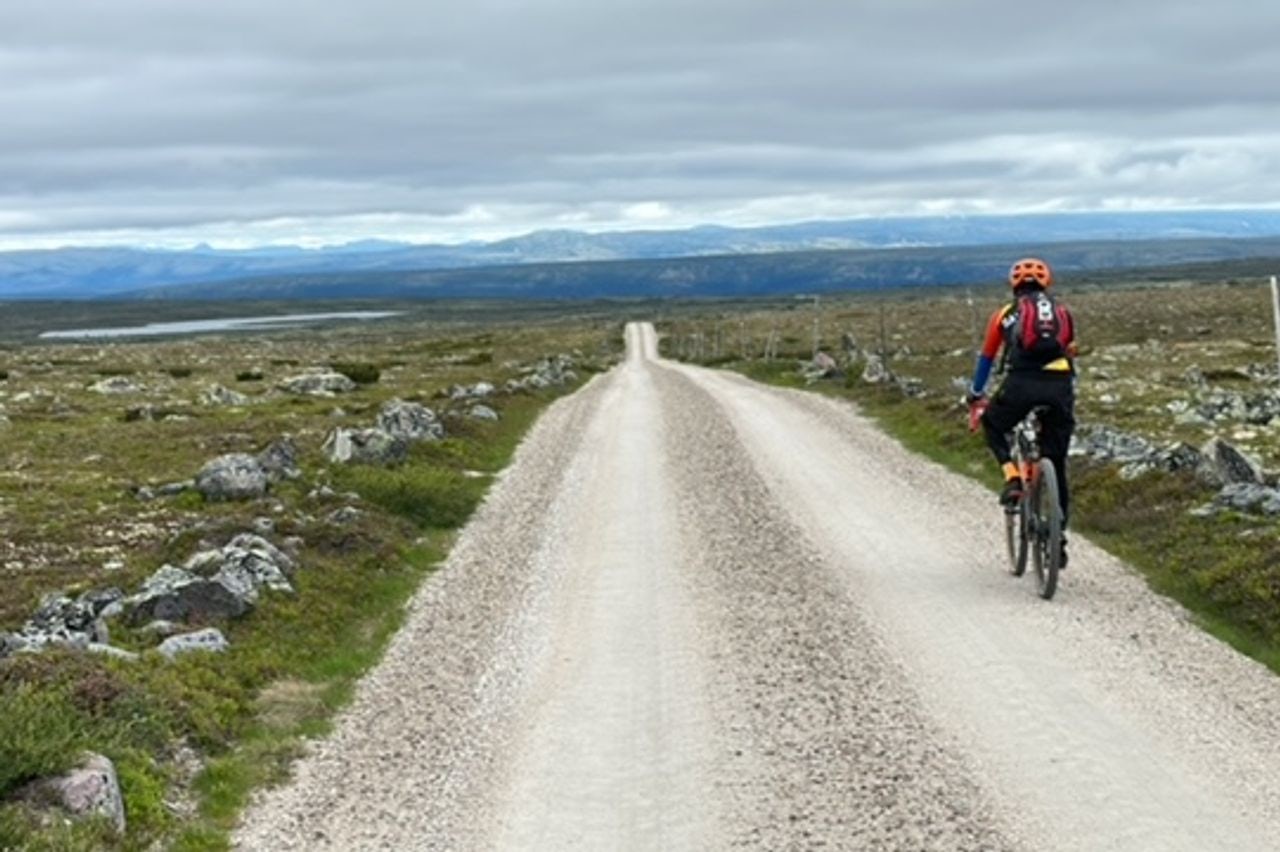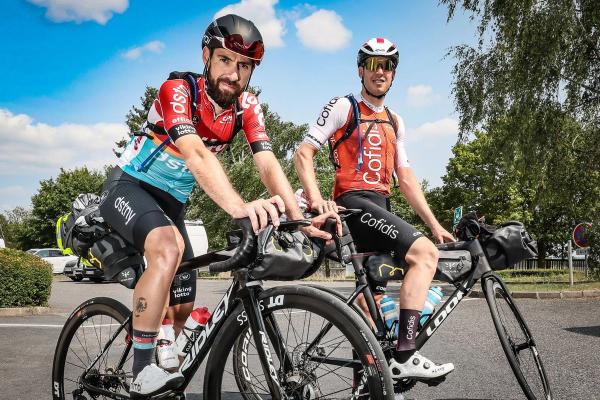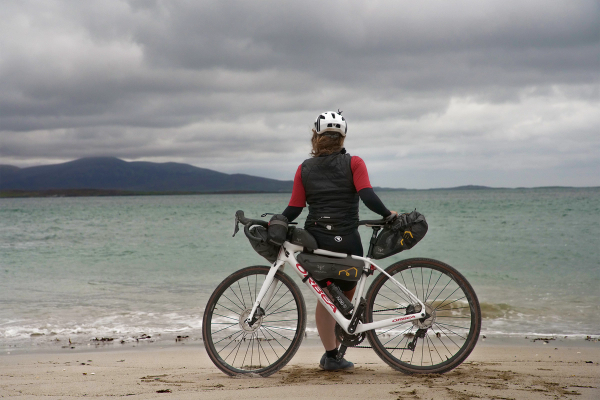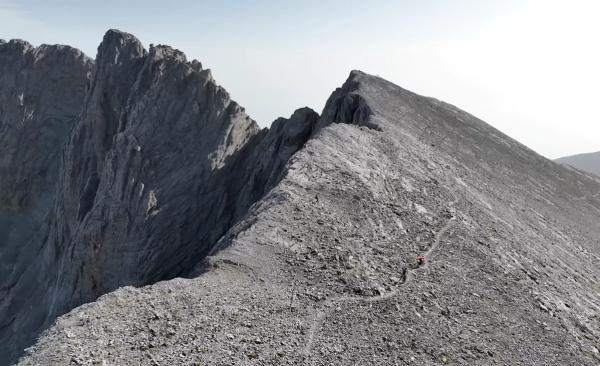No stopwatch, no podium: In Norway, a new event aims to buck the gravel trend
North East Gravel organiser Per Kristian Greve tells us about his ‘retirement project’ – a 330km ride to pull gravel back towards nature and companionship
James Howell-Jones
Junior Writer
© Per Kristian Greve
Long gravel roads near Tynset, Norway
Per Kristian Greve needed a retirement project. Tending the garden, tracing his family tree or watching home renovation shows on daytime television weren’t going to do the trick. And so, at about 09:30 on Monday morning, August 7, 2023, a small cluster of riders departed on the inaugural edition of Greve’s gravel adventure: North East Gravel, Norway.
The event has been months in the making. Greve has worked with National Park authorities to secure bike access to otherwise unrideable paths and roads, and he has ridden every inch of the countryside in pursuit of the finest gravel trails.
The resulting course, a 330km circuit that takes in five nature reserves and landscape conservation areas, is a showcase of the best that this under-explored and sparsely populated corner of Norway has to offer. There’s no stopwatch and, compared to many gravel events out there, it feels refreshingly achievable.
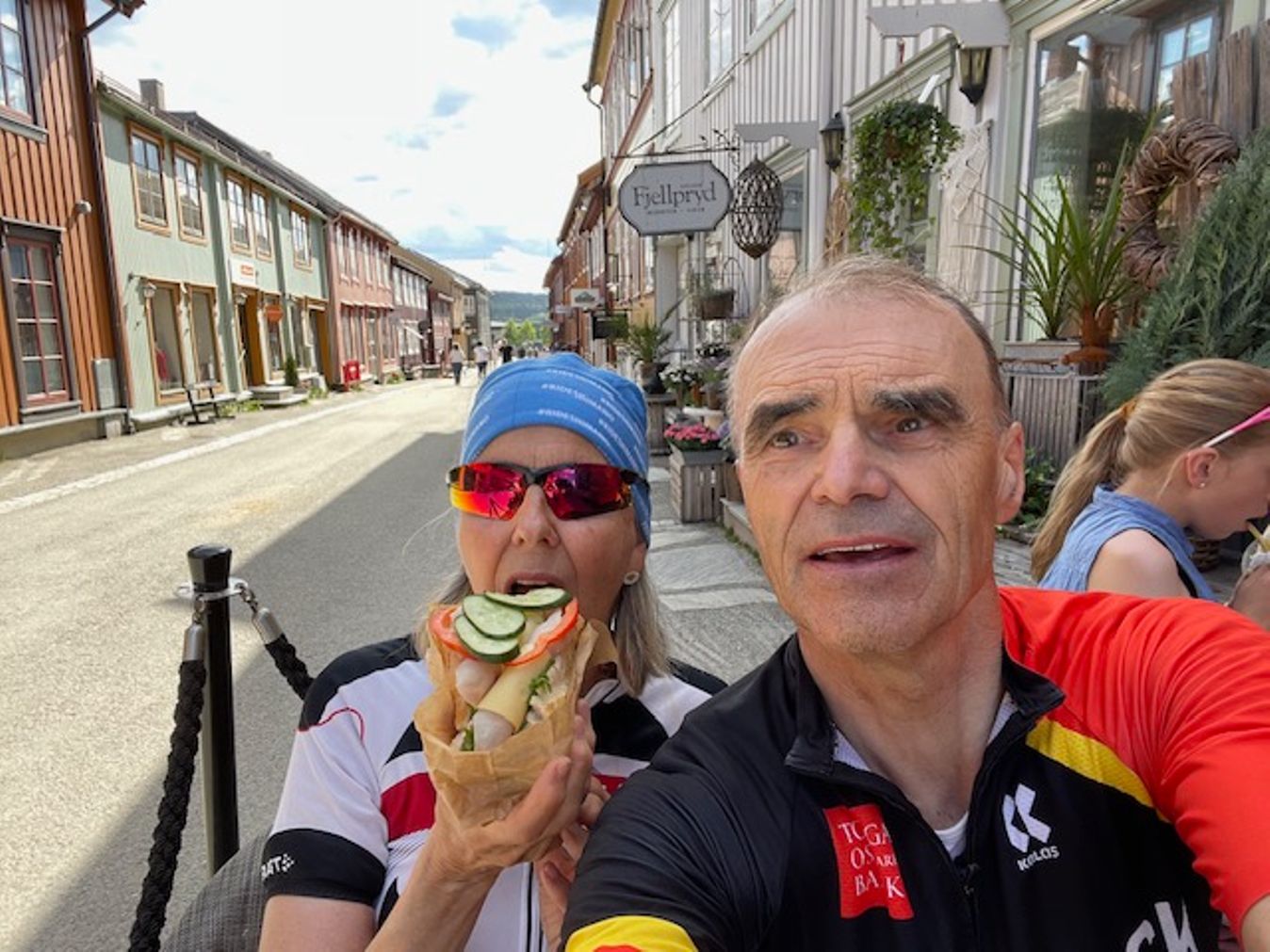
© Per Kristian Greve
Stopping for a breather is all part of the fun
“I retired last year and this has been what I call my retirement project,” Greve tells GCN.
“I have to use my energy in a way to create something. This creating process has been in my head for several years, but when I retired, I saw the opportunity to make it come true.”
At 70 years of age, Greve is intent on sharing his part of Norway with the world, whilst bringing gravel culture away from aero bars and skinsuits and back towards a more grounded appreciation of cycling and the surroundings. He thinks people are growing tired of uber-competitive, ‘sufferfest’ style events, so decided to offer something completely different.
“I feel that, especially in Norway, there have been a lot of events, a lot of competitions, especially some kind or kinds of off-road competition. But they are decreasing in participation, and yet a lot of people are still cycling.
“So this is, to me, a way of giving to those who are not that eager to compete, but to feel the company of going biking with friends, see new areas, new experiences, new friendships between those who are cycling along the same road.”
Greve has designed his event to be wonderfully flexible. It is, as he calls it, an unorganised organised bike ride. Riders can take as much or as little time to complete the course as they like. It’s likely that after this first year, once the event has found its feet, the format will be firmed up, but for now, a vague brief gives this event room to form its own shape out on the trails.
The route is 80% gravel, sticking largely to tracks made over the years by farmers and herders, who for centuries have moved their cattle and flocks from the valleys to the hills in search of food. Like the herders, the route moves in and out of the mountains and the lowlands, through forests and plains.
This is a corner of Norway that gets less of the limelight than the fjords on the coast, but there are plenty of natural scenes to admire. This is a mountainous region, and in summer, when the snow melts, the hardy, low-lying plants emerge in a range of earthy colours, from rusty red to dull lilacs and greens.
“There are three places which are, to me, tremendous, “ Greve says when we ask about the parts of the route he’s most looking forward to sharing with the riders. “Two of them are the most difficult to ride, and one is like riding on the top of the world.
“The first really spectacular place is between 190km and 210km. It's a soft landscape, and you can see for miles.”
A few kilometres down the road, the route plunges into a mountainous landscape: “It feels you’re very close to heaven,” says Greve.
“And the third one is amazing in its colour because it's all covered by reindeer lichen. The vegetation is a green carpet all around, and there are some pines growing up around you.”
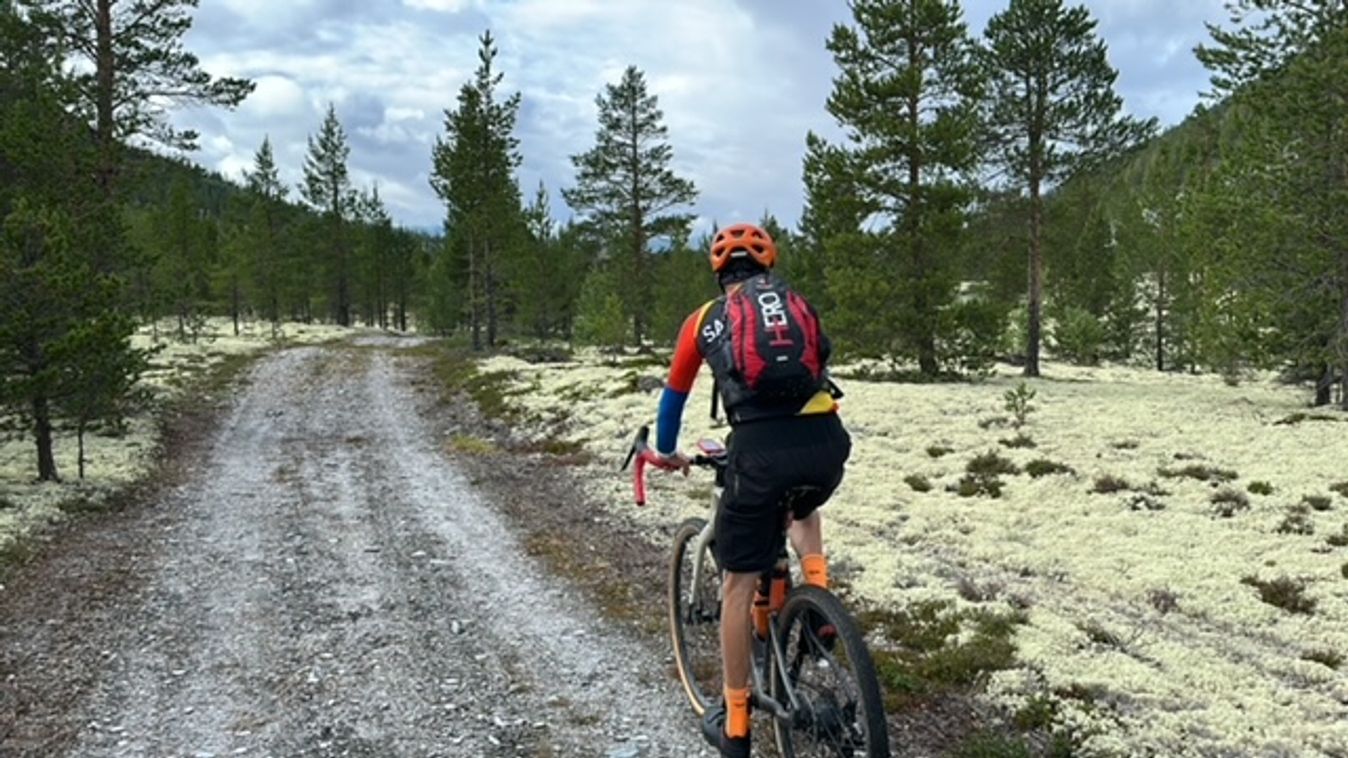
© Per Kristian Greve
Reindeer lichen is one of Greve's course highlights
This first year is an experiment, and Greve is anticipating feedback that can make next year’s event bigger and better. He has ambitions for the event, but stresses that they must be within a sensible limit that the area is able to sustain. Long term, it seems he hopes the event will bring prosperity to an unsung corner of Norway.
“To me, the ambition is a kind of growth that is possible within the limitation of possibilities in this area. [The number of] places where you can find a bed and something to eat is a future limitation, but there is an opportunity to build up better capacity in this developing period.
“So I started by saying 200 [riders] is what I think is the limitation of the infrastructure in this area - to give people a bed and enough food.”
Ultimately, Greve believes that, with the right planning and a collaborative effort from the local community, the event can keep growing, and keep bringing new people to his corner of Norway.
“Today there will be less than 100. If we hit 200 next year, that's brilliant in my view. Then I think we can take it further.”
Greve has been building connections with local people to offer more places to stay for weary cyclists, and relationships like these are going to be key if the event is to grow each year. It’s a lot of effort, but Greve believes he’s making a positive impact on his local community.
“I feel that the people in the area look at this arrangement as a positive,” he says.

© Per Kristian Greve
Greve has spent months designing the route
There are so many reasons that gravel riding, a cultural import from the USA, has taken the cycling world by storm. Among them was the sense that, on a gravel ride, you can stop and look at the view; you can pull over and make a camp coffee; you can ride slow and forget about how it looks on Strava. For a lot of us, it felt like a real departure from the data-mad world of road cycling.
It’s easy to see where Greve is coming from when he says that the gravel racing calendar is leaving most cyclists out of the fun. The emergence of rides like these might suggest that a division is forming within the gravel discipline. Each year, the level at gravel races is getting higher. The sport has gone from plaid shirts and pickle juice to skinsuits and caffeine gels.
Perhaps as the racing gets more and more serious, events like North East Gravel will prosper, as a new audience - who have no concern which type of luggage system performs best in the wind tunnel - flock to non-competitive cycling events like this one.
